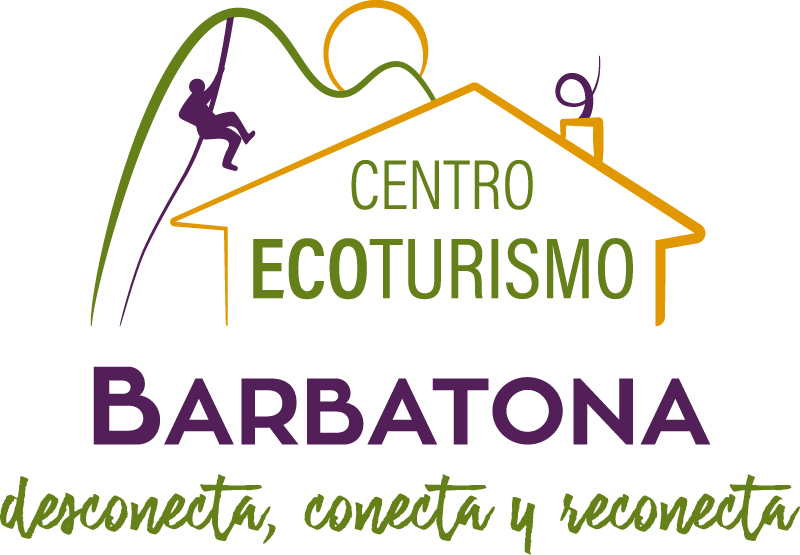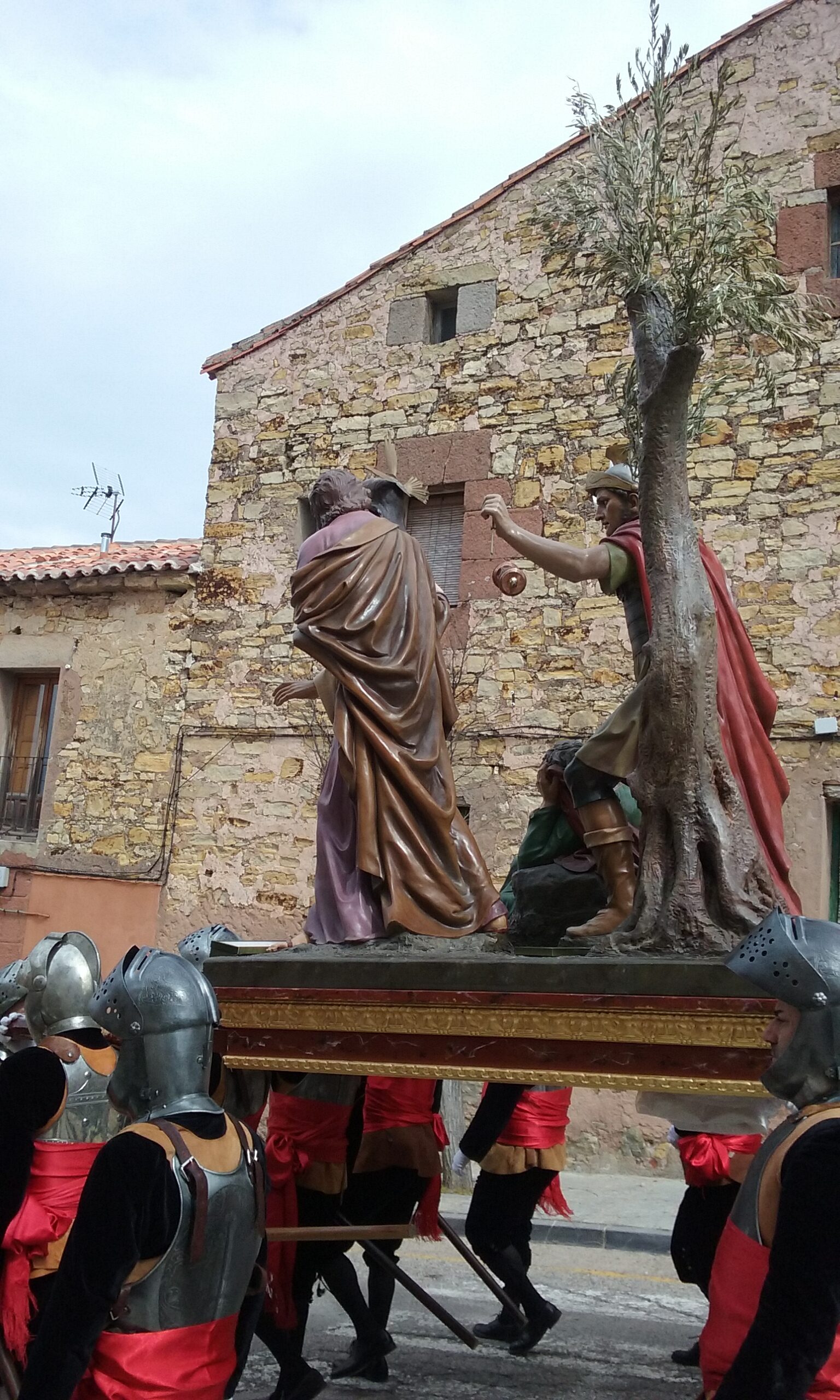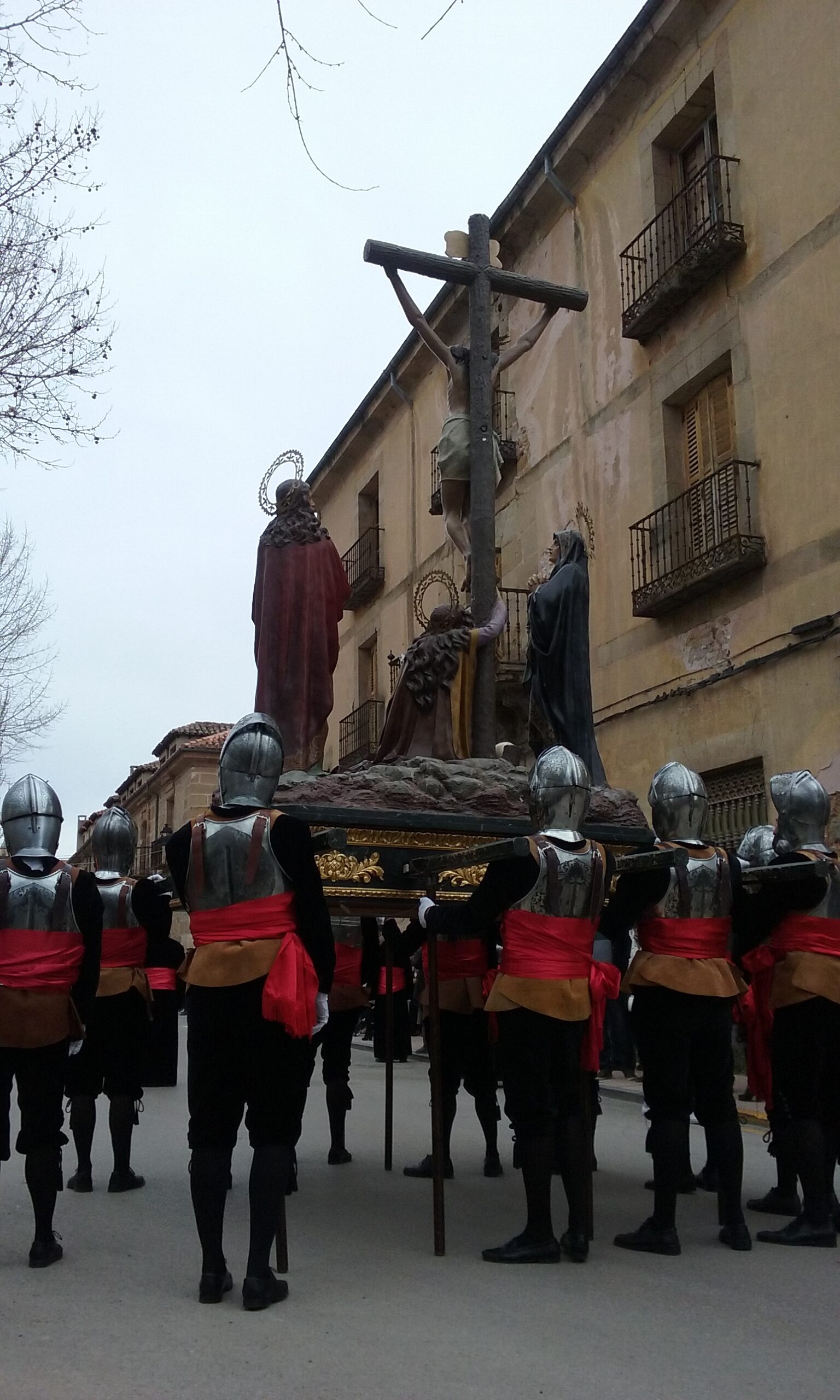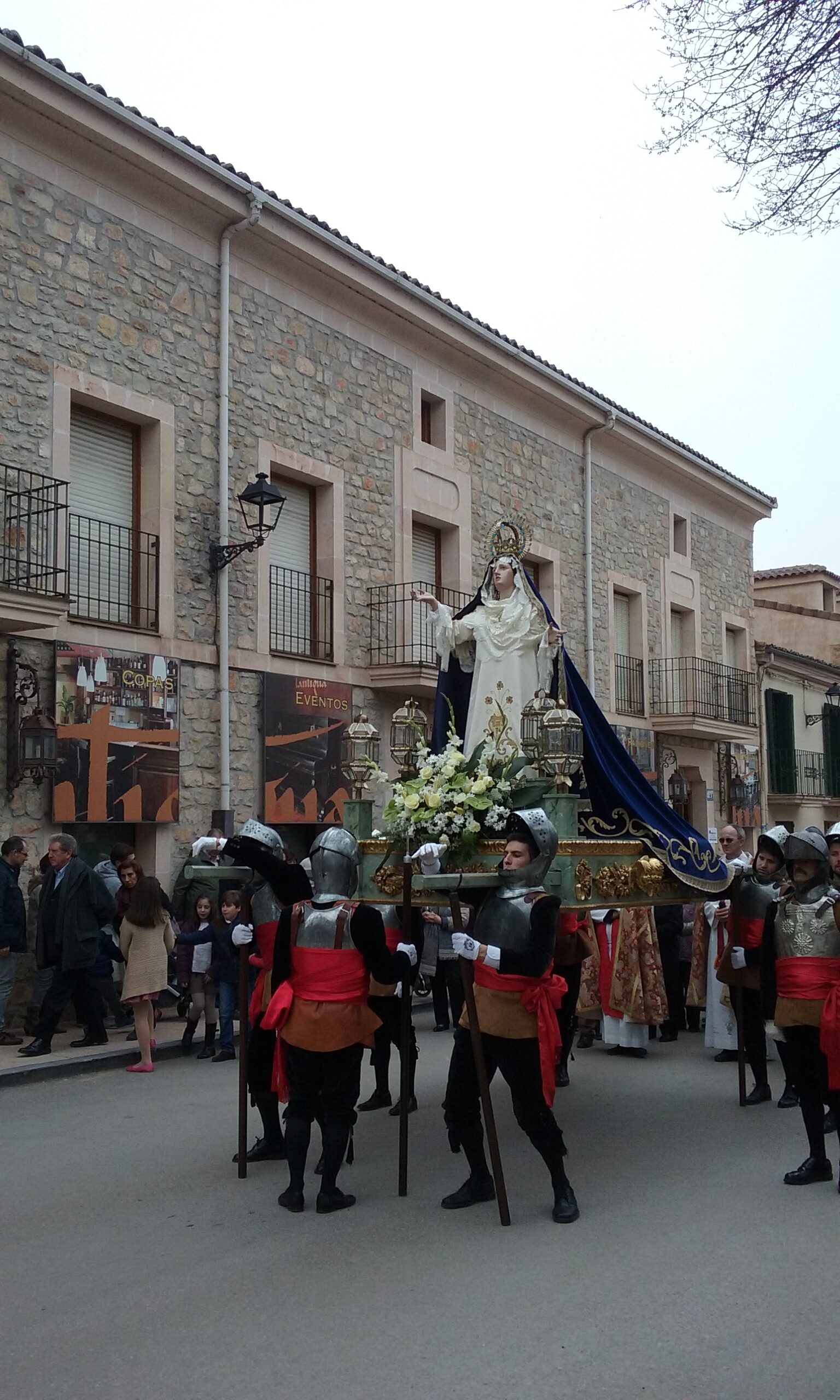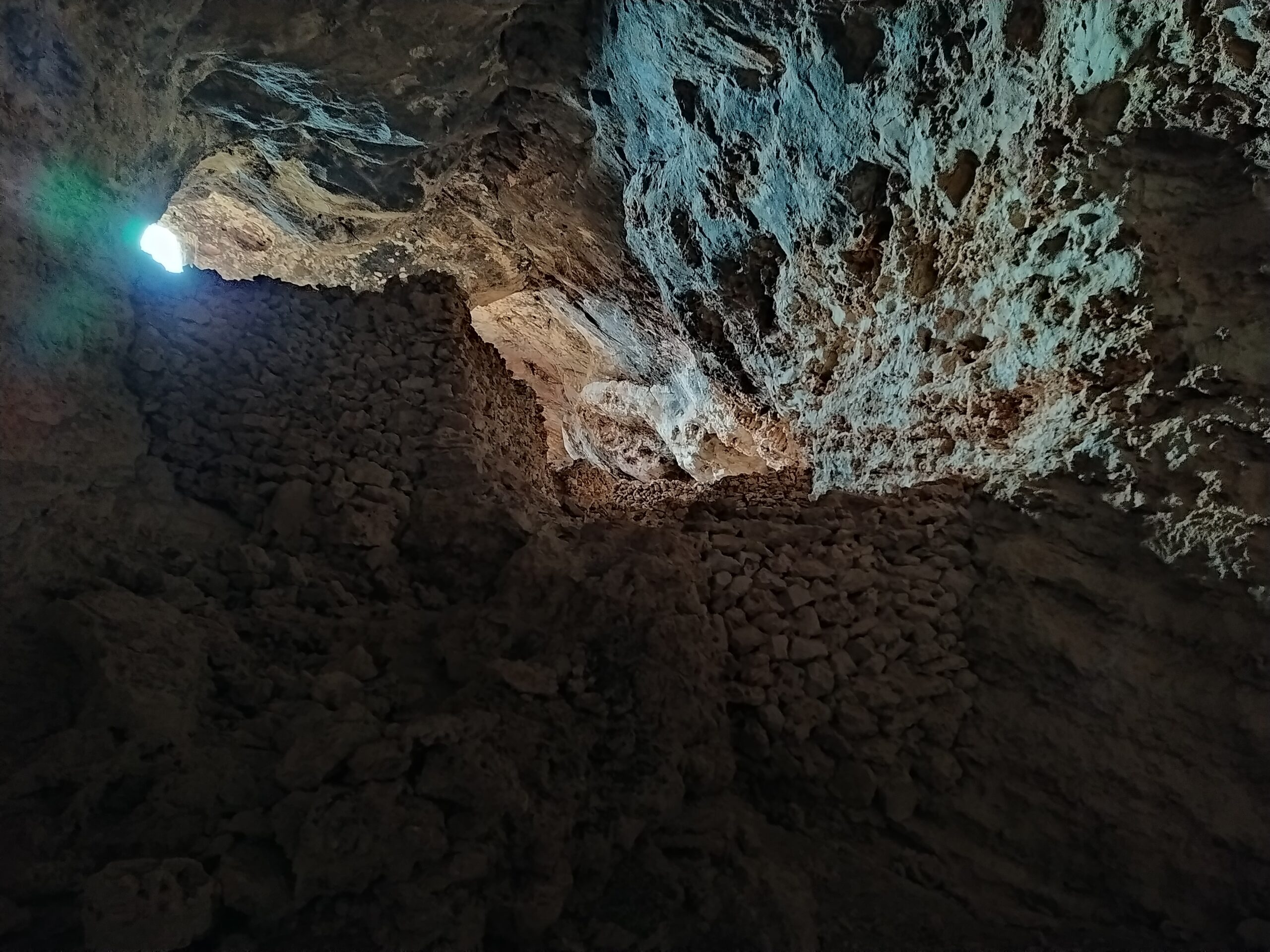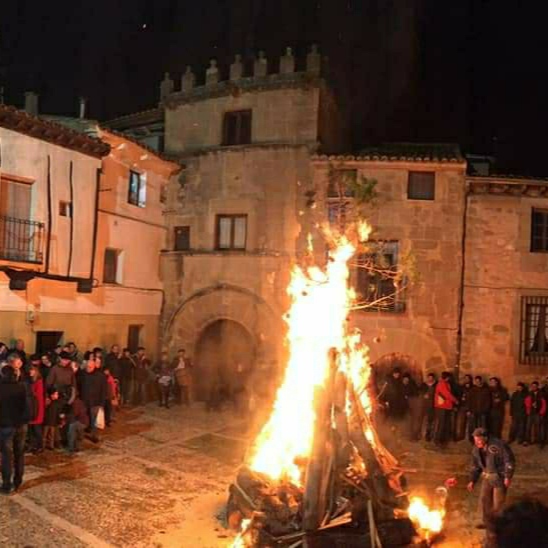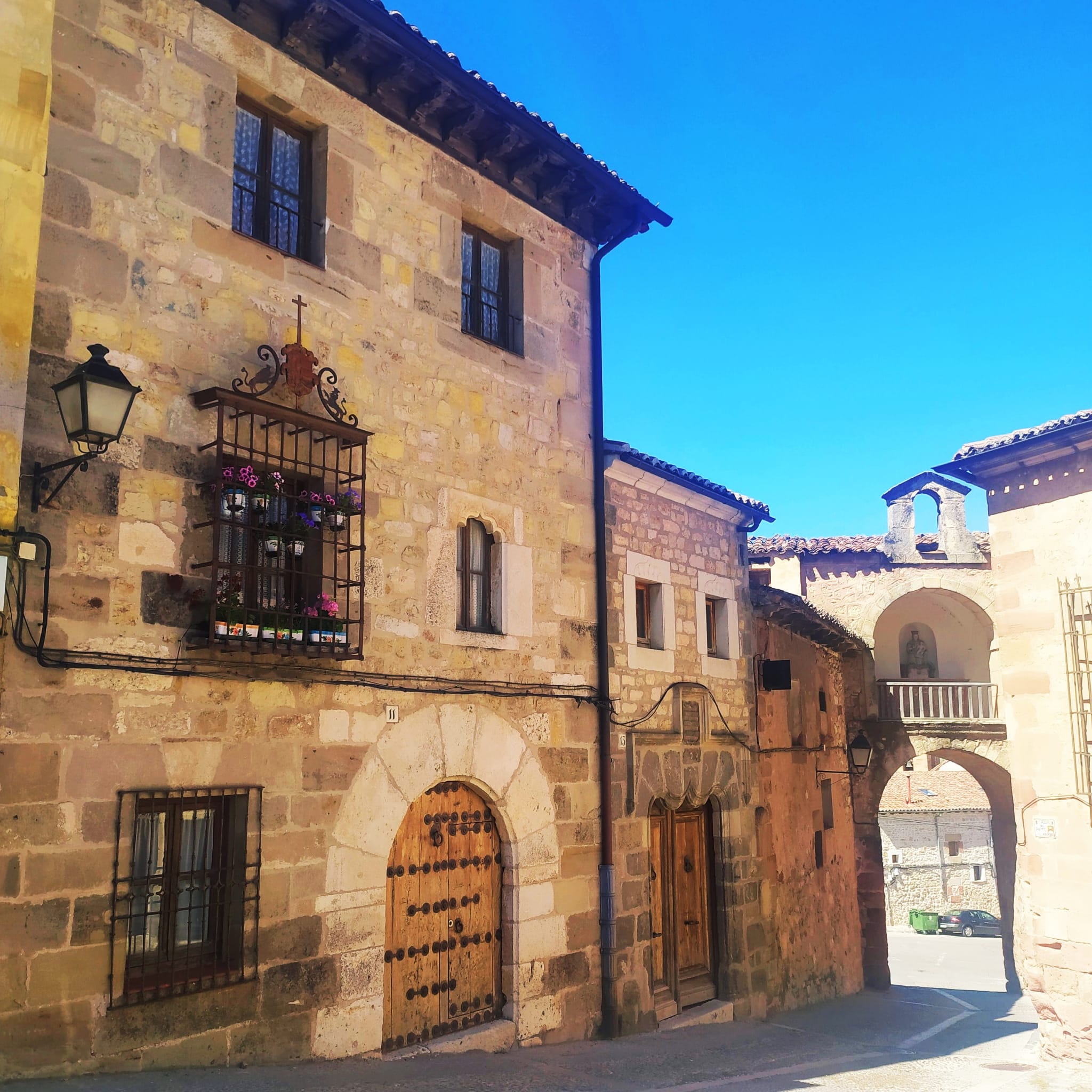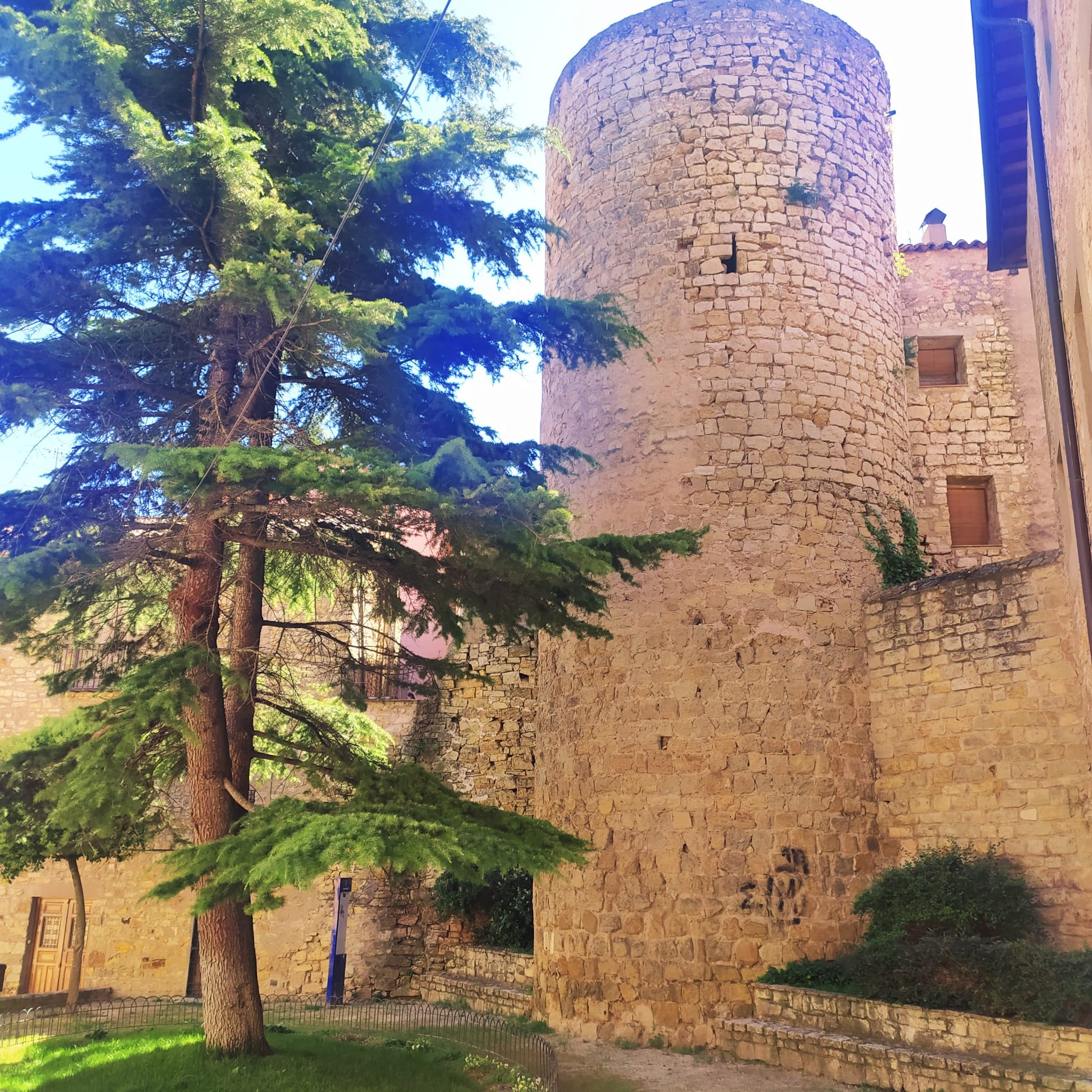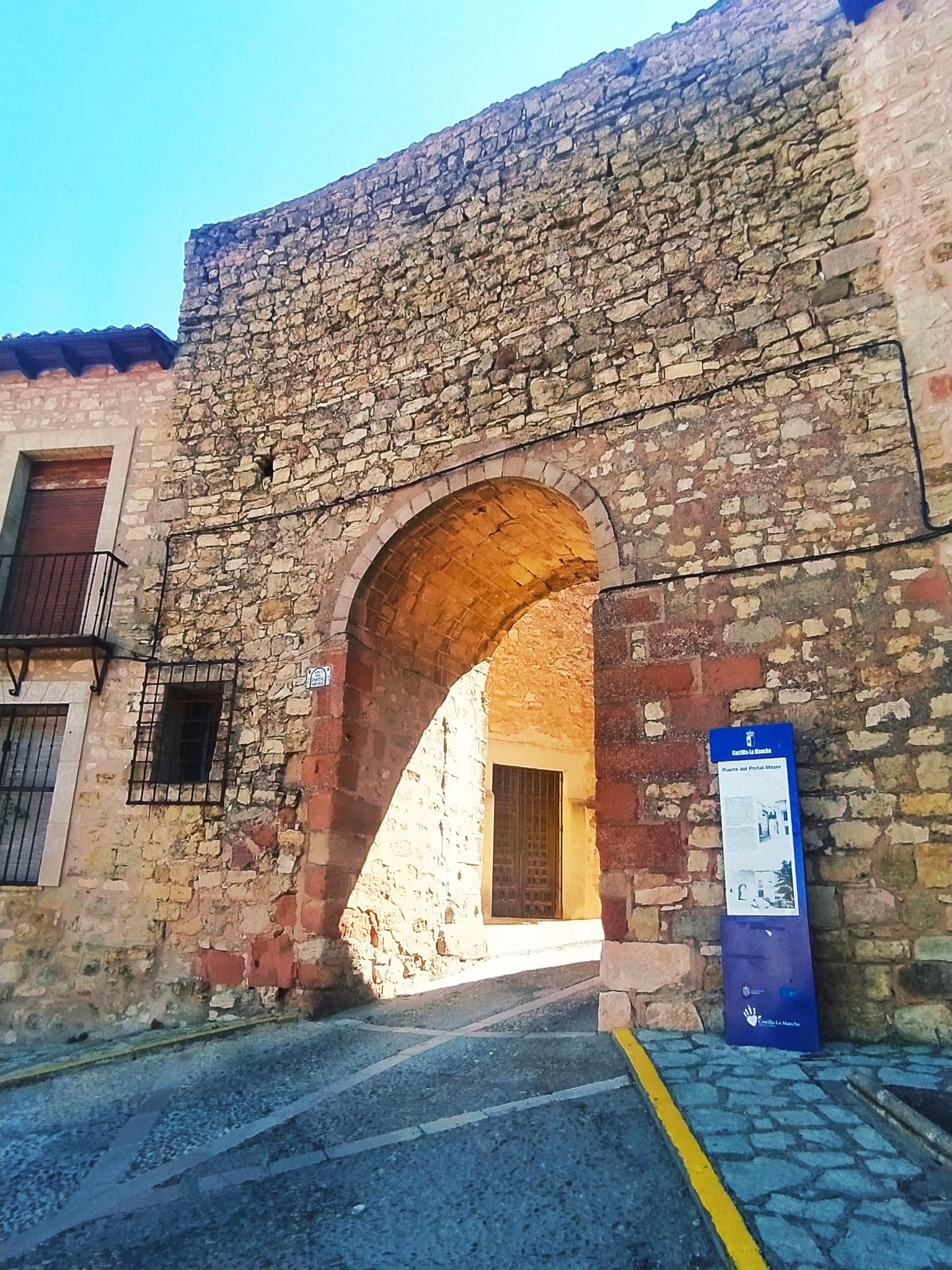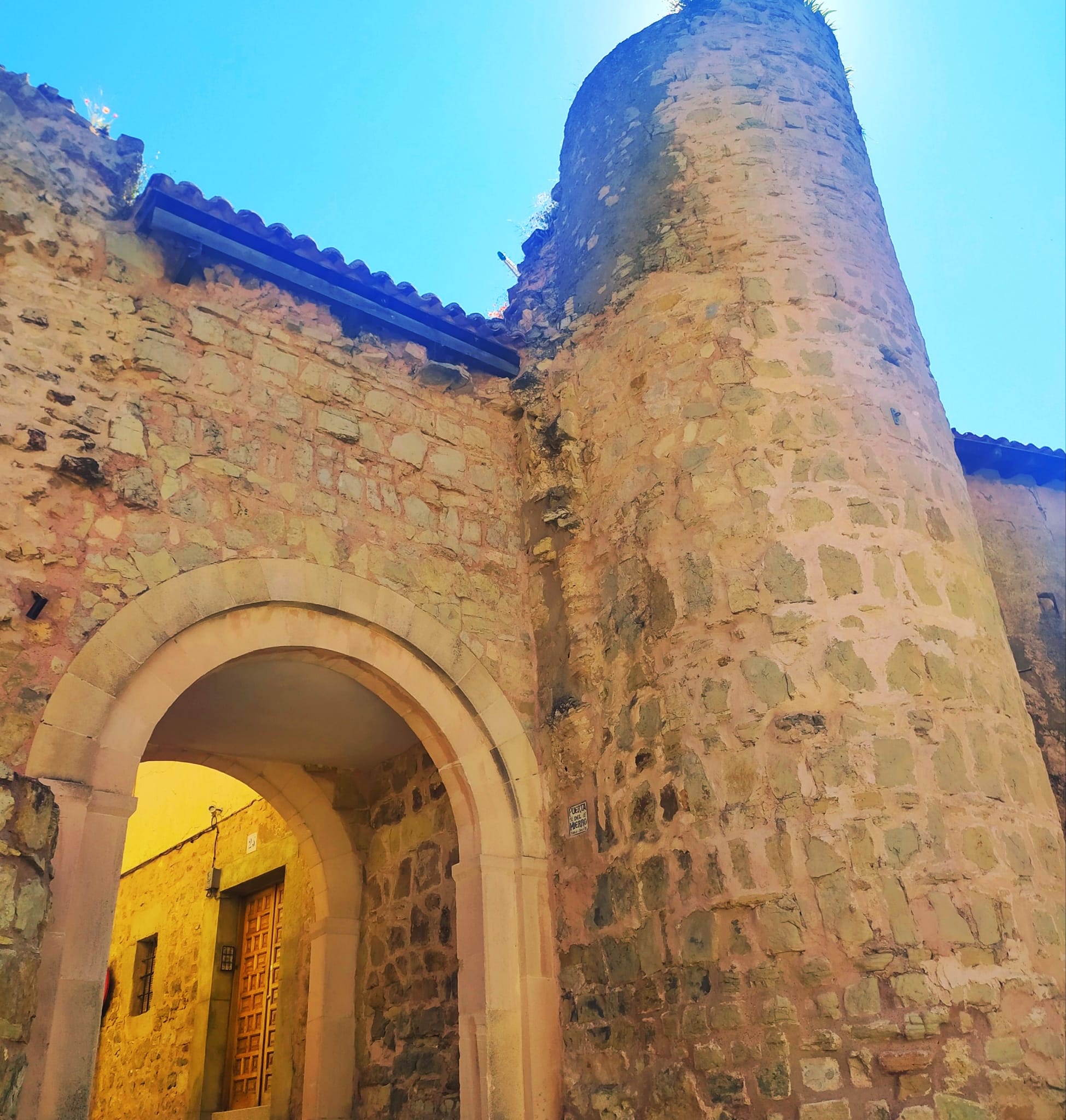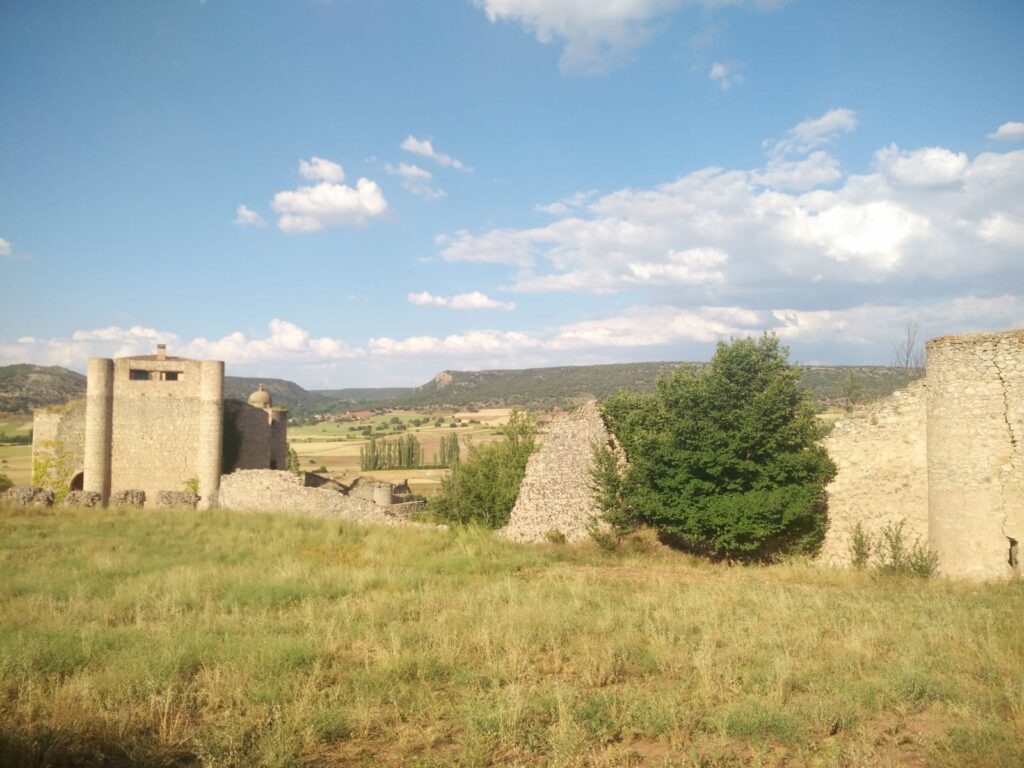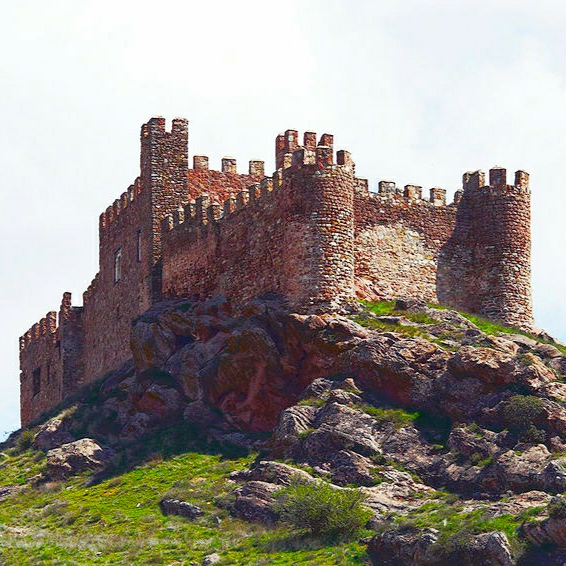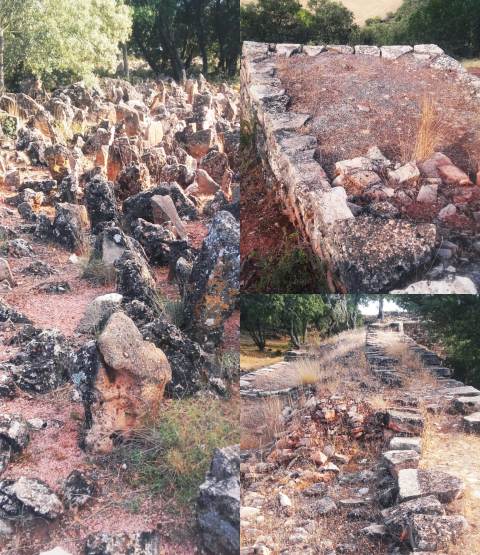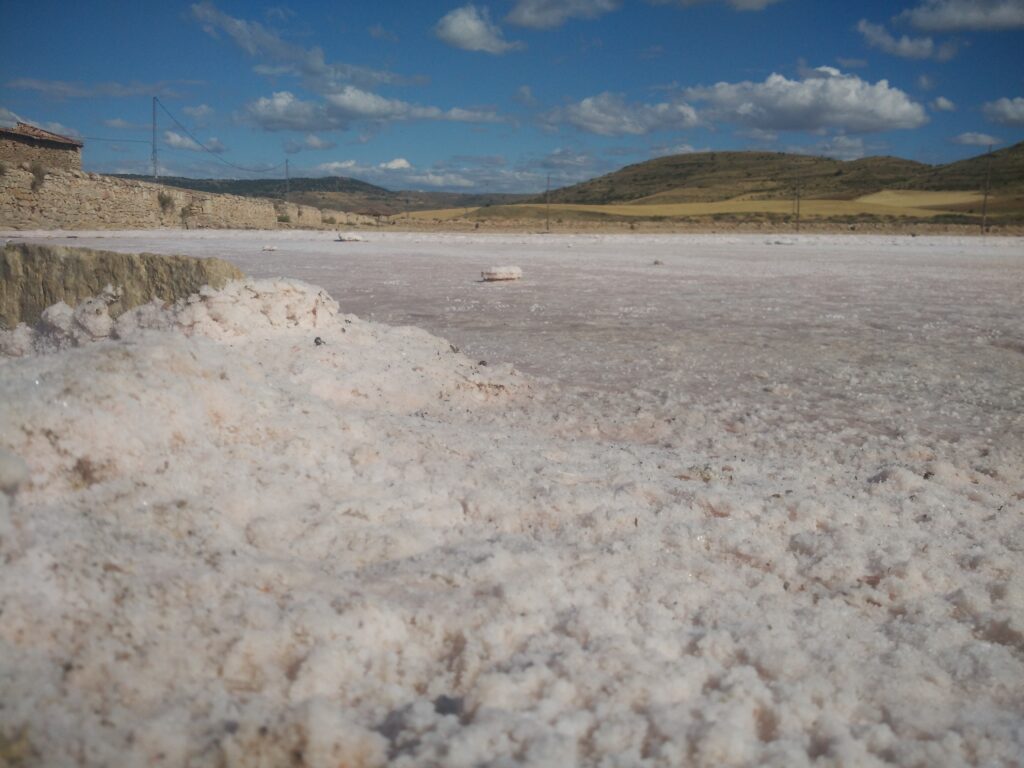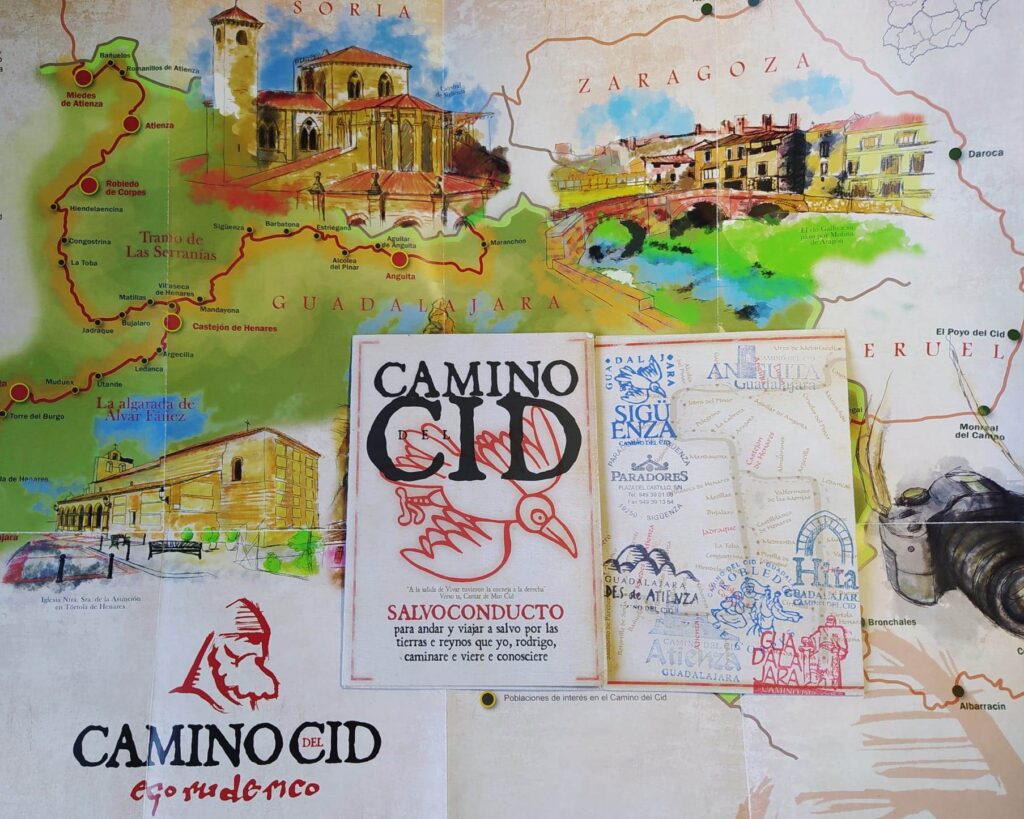Sustainable leisure activities to complement your visit…Sigüenza is much more than you’d ever imagine!
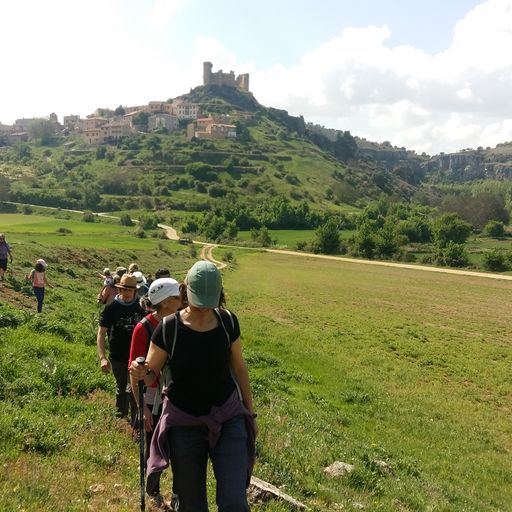
If you like to practice sports in contact with nature, Barbatona Ecotourism Centre offers a wide range of active ecotourism options such as: Interpretative hiking, caving, canyoning, kayaking, climbing and abseiling, multi-adventure, guided mountain bike routes and astronomical observation.
Barbatona Ecotourism Centre has a two-hectare plot of land in the middle of nature, ideal for enjoying the tranquillity of an authentically rural environment in a privileged natural and cultural setting. It is located in a territory that has managed to preserve its essence and rural authenticity, which invites us to discover all its charms: natural jewels, cultural wonders, rich ethnography and tasty traditional gastronomy.
The premises include a Rural Hostel with 8 rooms of different capacities for up to 60 people; each room has independent access, complete bathroom, fresh bedding and duvet, hot water and biomass heating system. In addition, there is a lodge with common areas for all guests: a Lounge-Bar -with fireplace, snooker, foosball table, games, hi-fi system, TV-, accessible toilets, dining room and a complete kitchen, where traditional dishes are carefully prepared using local and seasonal products. Barbatona Ecotourism Centre offers free parking, adapted access and is dog friendly… a perfect base to explore the region!
The ecotourism activities have been designed for people of all ages and are organised and supervised by qualified and experienced monitors and guides. All activities include personalised customer care, monitors/guides, all necessary materials for the activities and the mandatory Civil Liability, Accident and Assistance insurances.
To find out more about the Barbatona Ecotourism Centre click on the logo!
